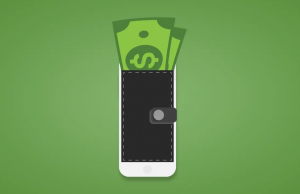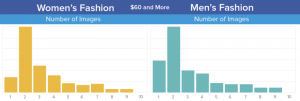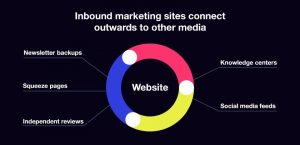Facebook makes filling out forms on mobile a two-tap process within new ad unit that is now available to all advertisers.

No one likes filling out forms on mobile devices. But Facebook is aiming to make that clunky process easier — and more likely to help businesses pull in the customer information they crave — with a new ad product that automatically fills out forms based on Facebook user data.
Called “lead ads” and in testing since June, the ad unit is now available to all advertisers, Facebook said today in a blog post. The basic idea is this:
When someone clicks on your lead ad, a form opens with the person’s contact information automatically populated, based on the information they share with Facebook, like their name and email address. Automatically populating the contact information that people share with Facebook makes filling in the form as fast as two taps: one click on the ad to open the form and another to submit the autofilled form. Like all of our ad types, lead ads were built with privacy in mind. People can edit their contact information before submitting the form, and this information isn’t sent to the business until a person clicks “submit.”
Facebook has added several new features to the ad unit since announcing the test in June. Businesses can now customize forms with open-ended or multiple choice questions to zero in on the exact information they are looking for. They can also add disclaimer language.
It’s now also possible to receive and respond to leads in real time. The easiest way to set that up, Facebook says, is to use a CRM syncing solution offered by one of the company’s marketing partners. Companies offering that service include Driftrock, Marketo, Maropost, Oracle Marketing Cloud, Sailthru and Salesforce, and Facebook says it is working to add more in the coming months. There are also DYI options: Businesses with development resources can create a custom integration linking their CRM with the Facebook API, and lead information can also be downloaded manually into a CSV spreadsheet.
Advertisers who have a Facebook pixel on their websites can set lead ads to display for people likely to sign up and can also measure costs per conversion.
In testing, Facebook said, the two-tap experience led to very good results for businesses. Shoe retailer Stuart Weitzman used it to collect email addresses from potential customers and reported a 54 percent more efficient cost per lead than with other acquisition efforts. Land Rover, which used it to help people get price quotes shopping for cars, also was pleased.
“In early A/B testing, Facebook’s native lead ads outperformed link ads driving to the website to fill out a lead form in terms of total leads and conversion rate, while driving a 4x reduction in cost per lead compared to previous social lead generation tactics,” Land Rover digital marketing and social media manager Kim Kyaw said in a statement on the Facebook blog.
In the coming weeks, Facebook said it will enable video and carousel lead ads and make them available for desktop users.
Businesses can get started with lead ads in the Facebook Power Editor. You can read more about them on the Facebook business blog.
(Some images used under license from Shutterstock.com.)
Marketing Land – Internet Marketing News, Strategies & Tips
(85)






